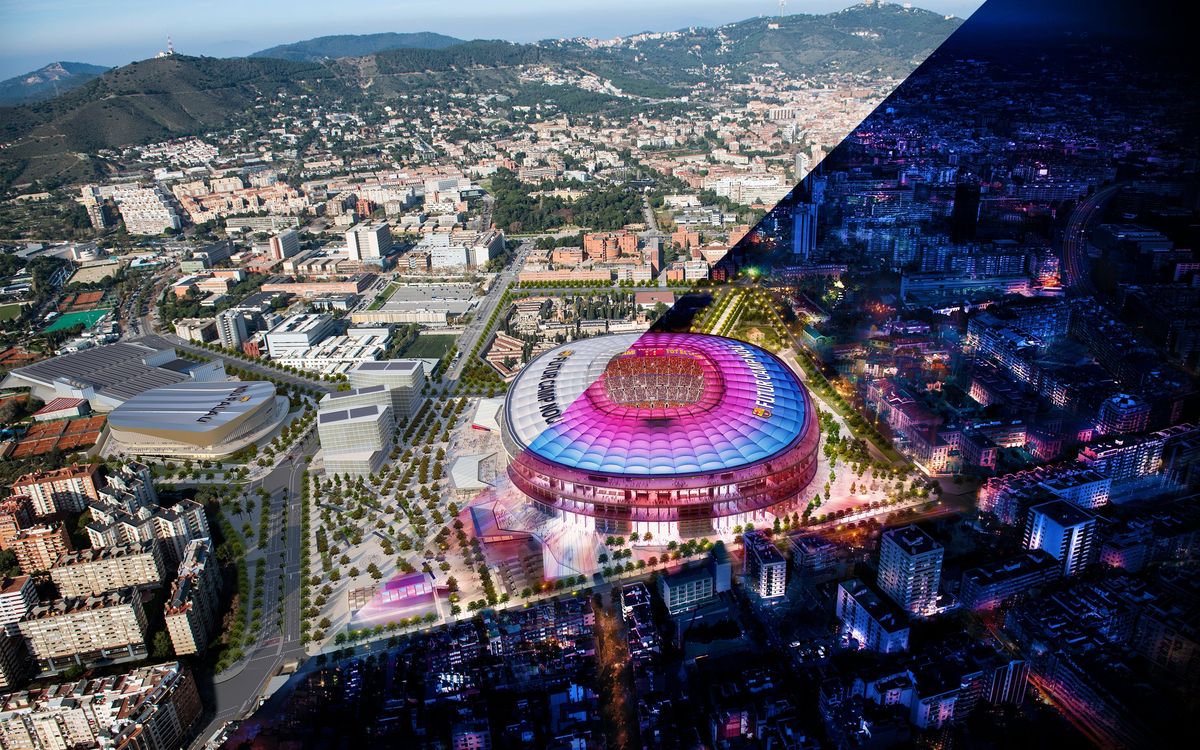In the hearts of all soccer lovers around the world, FC Barcelona (Barcelona for short) occupies a special place. It’s not just a team that plays soccer, it’s more like a symbol, a kind of faith, and the place where many people’s childhood dreams begin.
Today we will talk about this team from Spain – where did it start? How did it become a world-famous club step by step? What are the stories behind the scenes that make people moved or excited?

Beginnings: A young man’s dream
Back in 1899, in Barcelona, a city in Spain. There was a group of young people from Switzerland, England and the local community who were very interested in soccer. One day they met in a café called “Soriano” and talked about starting their own soccer team.
It may sound simple, but the decision was significant. Since then, soccer has officially taken root in the city. And that team is what we call FC Barcelona today.
At that time, no one thought that this small club would grow to be as big and influential as it has since become. But at the time, their goal was clear: to do soccer as a joyful thing and to give the city its own team.
The early days: growing against the odds
When it was first established, Barcelona didn’t have a lot of resources. Soccer was not that popular in Spain at that time, so it was not easy for the team to grow.
There was no money, no venue and not much support, but they persevered with a passion. Slowly, they started to make a name for themselves in some local tournaments and won some games as well.
For example, in 1910, Barcelona won the Catalan trophy for the first time. Although this award doesn’t seem particularly big nowadays, at the time it was the first major achievement in the team’s history. The event also gave everyone more confidence that the team had potential.
20th Century: Going National and Global
By the 20th century, Barcelona began to make its mark on the national scene. Especially in the 1950s, the team won several domestic league titles and also competed in Europe.
In 1952, Barcelona took the European Champions Cup (now known as the Champions League) for the first time. This victory not only made the team famous, but also made the whole Spanish soccer world realize that we could also achieve good results in the international arena.
At that time, Barcelona’s style of play began to attract the attention of other teams. They liked to control the ball, pass the ball with, rather than just long passes and dangling. This style of play became known as “Tiki-Taka” and has been copied by many coaches.
Camp Nou Stadium: The Holy Land in the hearts of fans
When we talk about Barcelona, we can’t leave out their home stadium, Camp Nou. This stadium was built in 1957 and has been around for decades now.
It is not only the home of Barcelona, but also the place where countless fans dream of going to watch a game. With a capacity of nearly 100,000 people, it is one of the largest soccer stadiums in the world.
On every match day, the stadium is filled with spectators, singing and chanting. For many Barcelona fans, walking into the Camp Nou is like walking into a sacred place.
The Golden Age: The Dream Team
In the late 1980s and early 1990s, Barcelona had its most glorious period. At this time, a Dutch coach named Cruyff came to the team.
He was not only a great player, but also a visionary coach. Under his leadership, Barcelona formed a brand new style of playing, emphasizing technique, ball control and teamwork.
This period of Barcelona was called the “Dream Team” because they not only won a lot of matches, but also brought visual enjoyment to people in terms of their style of play. They won several La Liga titles in a row and the European Championship in 1992.
This experience not only put Barcelona on top of Europe, but also influenced the way many teams trained and played afterwards.
New challenges for a new century
As Barcelona entered the 21st century, it faced even greater challenges. As global soccer competition intensified, the club not only had to win games, but also maintain its own style and philosophy.
Fortunately, a number of very good players emerged at this time. For example, Messi, Xavi, Iniesta and so on. They were not only technically excellent, but also very united and played beautiful soccer.
Barcelona during this time almost ruled the European soccer world, winning the La Liga and Champions League for many years in a row. Once again, their way of playing football became the object of global learning.
However, as time went by, the team also encountered some problems, such as economic pressure, aging players, frequent changes of managers, and so on. All these have made them face a lot of difficulties in the past few years.
Summary: More than soccer, it’s a spirit
Looking back at the history of Barcelona, we will find that this team is never just a football team. It represents a belief, a culture and an identity.
It belongs not only to Spain, but also to the whole world. No matter where you are from, you can feel the passion and power when you see Barcelona play.
In the future, Barcelona will encounter more challenges, but as long as they continue to adhere to their own style, I believe they will be able to regain their own glory.
Perhaps this is the charm of soccer. It’s not just a game, it’s a power that connects people’s hearts.

